If your Airstream is just coming out of winter storage, or if it’s new to you, you should give it a thorough inspection and take a few simple steps to prep it for travel. It’s easy, and you’ll learn more about your Airstream in the process, which will make you a more confident and prepared traveler. You can do all the inspections on this list in about an hour, with almost no tools.
For much more information about these procedures, or what to do if you find a problem, refer to Airstream Life’s (Nearly) Complete Guide to Airstream Maintenance. Page numbers refer to this book.
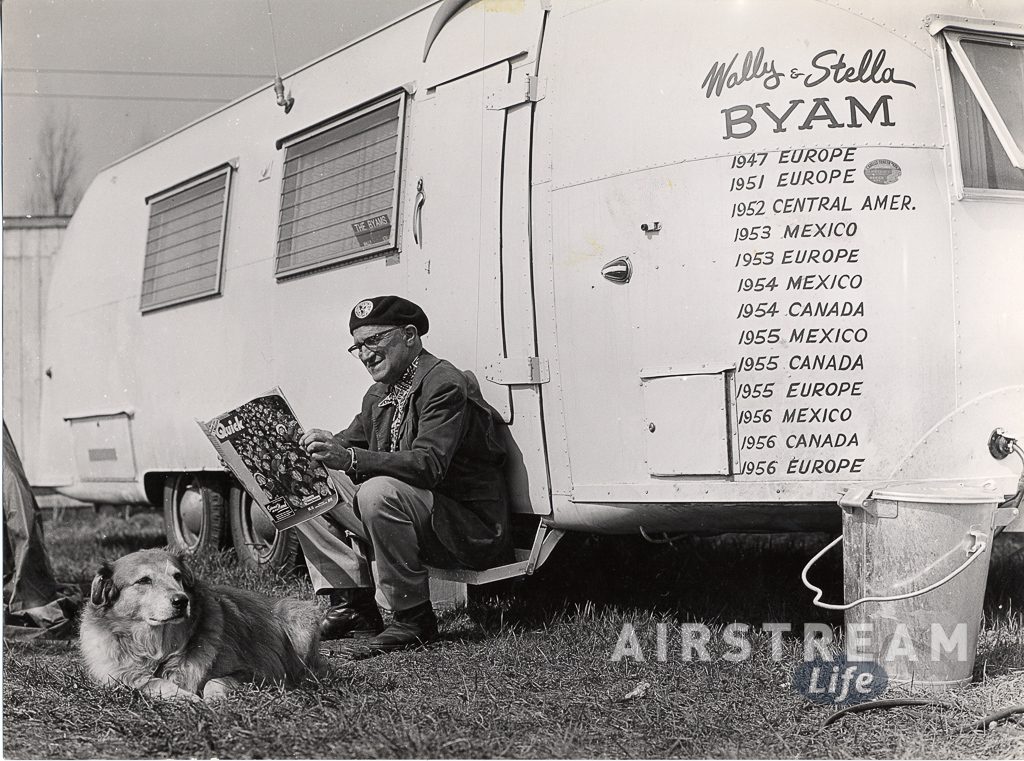
Let’s start outside the Airstream, at the front.
Batteries
Many Airstreams come with Absorbed Glass Matt (AGM) or Lithium batteries that don’t need any maintenance. But if your Airstream has “wet cell” batteries with removable plastic caps on the top, then you need to pop off the caps to check the water level inside. You’ll want to add distilled water to top them up as needed.(See page 178 for details.) Be careful—it’s acid in there, so don’t splash. If the batteries are not already fully charged, plug in the Airstream overnight to allow them to charge fully.
Hitch
Lube the hitch ball and coupler (page 114), as well as the weight distributing hitch as recommended by the manufacturer.
Test the breakaway switch by pulling the pin out briefly (page 117). The trailer brakes should come on full.
Slide under the back of your tow vehicle and inspect its hitch receiver with a flashlight. Look for any cracks (which may appear like rusty lines), broken welds, loose or missing bolts, or other signs of damage (page 115). If anything looks suspicious, have it checked professionally.
Tires
If you have a TST Tire Pressure Monitor, turn it on and give it a few minutes to check all the tire pressures for you (while you do something else). If you don’t have a monitor, you’ll need to check the air pressure on all of the tires (including the spare) with a manual tire gauge. Pressure should be within 5% of the maximum air pressure rating printed on the side of the tire. Add air as needed (page 119-120). While you’re there, inspect the tires for damage (page 122-123).
Propane
Check the propane level in both propane tanks, and fill if needed. Check propane pigtail hoses for cracks (page 189) and check propane system for leaks (page 187-188). If the hoses look bad or are very stiff, you can get new ones in our Propane Maintenance Kit, but since you’re replacing the hoses why not upgrade your safety level with a pair of GasStops as well?
Awning
Open the awning. Make sure it deploys properly and is free of unwanted creatures like spiders or wasp nests. Lube it if it’s sticky or hard to open (page 52). For a power awning you can also watch my video “9 Places Your Airstream Needs Lubrication”.
Water Heater
Open the exterior door to the water heater and look for any signs of insect nests, webs, or leaks. If you have a water heater with a tank (trailers before model year 2021) and the nylon drain plug was removed, replace with a new one (page 210). A new plug is included in our Maintenance Essentials Kit.
That’s it for the outside stuff! Now, let’s go inside your Airstream:
General Inspection & Cleaning
Inspect the interior for signs of rainwater or snowmelt leaks that might have occurred over the winter (page 68-71). Also check for signs of rodents (page 152-153).
Press the Test button on the smoke and/or carbon monoxide detectors. While you are at it, supply each with new, 9-volt batteries (page 161-162). Check all the other items that have expiration dates—for details, see this video: “9 Things That Expire In Your Airstream” or pages 161-163.
Test the GFCI outlets (page 168-169).
Sanitize the water system (page 94). This ensures you start the season with a fresh system, and can help remove some of the lingering taste of RV Anti-freeze (if it was used during winterizing). If your Airstream has a built-in water filter, replace the filter cartridge.
Appliances
You’ll want to test all the appliances to make sure everything is working correctly. First, turn on the propane gas at the tanks and light the stove to prove that all the air is out of the lines and you’ve got gas. If you have GasStop installed, be sure to press down on the GasStop’s built-in gauge a few times to ensure that gas is flowing.
Turn on the furnace to be sure the blower and heat are working. It will take a minute or two for heat to appear at the vents.
Turn on the air conditioning (if connected to shore power and the outside temperature is above 70 F) to be sure it’s cooling properly.
Turn on the refrigerator and let it run overnight. A propane/electric freezer should make ice within a day. Electric-only freezers are faster.
Turn on all lights and replace bulbs as needed (Airstreams with LED lights don’t have bulbs, so if they don’t come on, check the fuse box, page 167). If you need to replace a fuse, watch this video. Fuses and fuse pullers are included in our Maintenance Essentials Kit.
Turn on all the fans to make sure they work. Check fuses on the fans themselves and the batteries in the remote control (if applicable) if there’s a problem. If the fans or screens are dirty, check page 87-88.
Final Steps
Hitch up, then check the trailer lights (including brake and turn signals), and check the operation of the brake controller. If everything’s good, head out for a short tow. While you are out, roll down the windows and listen for strange noises from the hitch and trailer that could indicate a need for adjustment or repair.
Now you’re ready. You’ve checked every major system and probably learned a few things about your Airstream in the process. Feels good, doesn’t it?


 5. Get at least a little solar capacity
5. Get at least a little solar capacity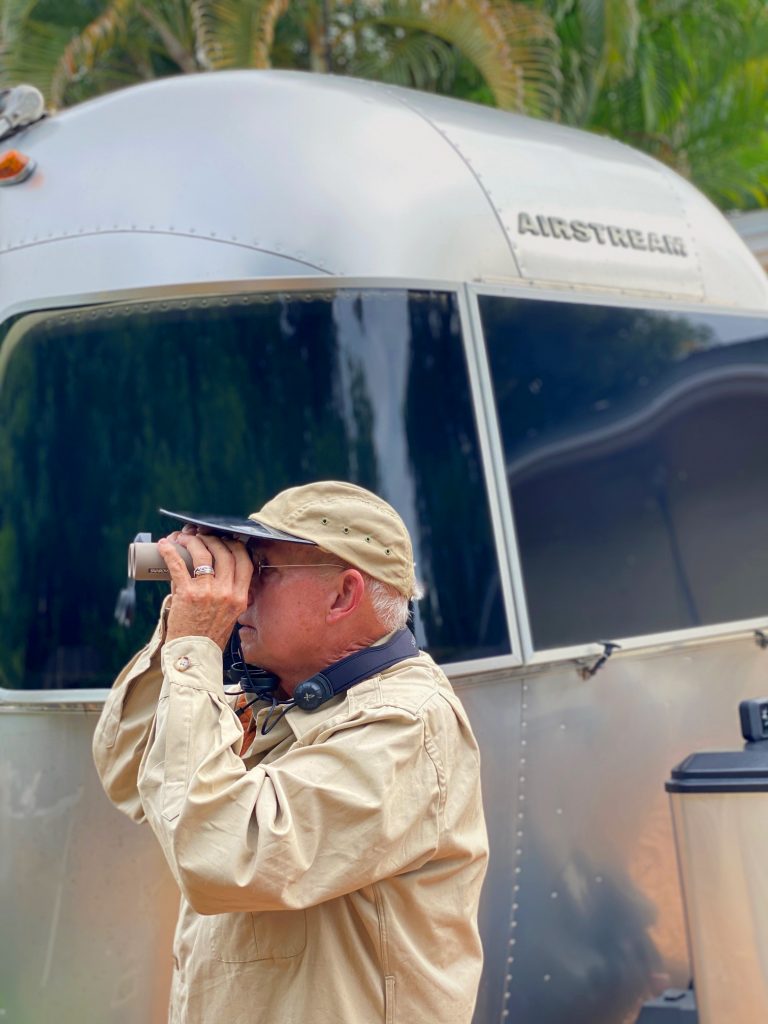 6. Go analog
6. Go analog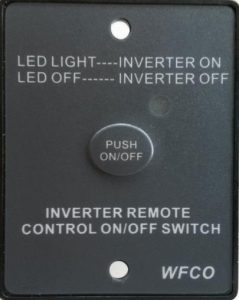

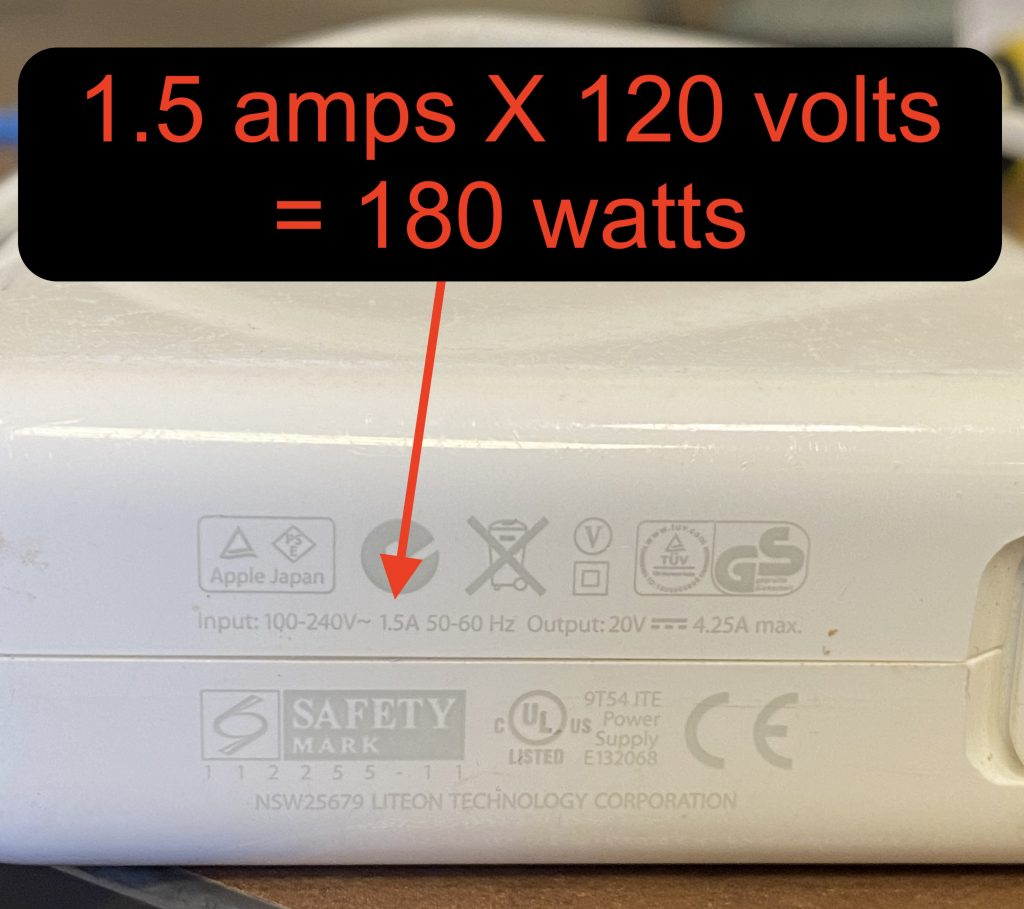
 The other day I heard about an educational seminar on the topic of solar power for Airstreams and decided to take a look. What I saw horrified me: the presenter turned this simple topic into an engineering class that would intimidate all but the geekiest among us. Imagine densely-packed slides full of numbers and technical terms.
The other day I heard about an educational seminar on the topic of solar power for Airstreams and decided to take a look. What I saw horrified me: the presenter turned this simple topic into an engineering class that would intimidate all but the geekiest among us. Imagine densely-packed slides full of numbers and technical terms.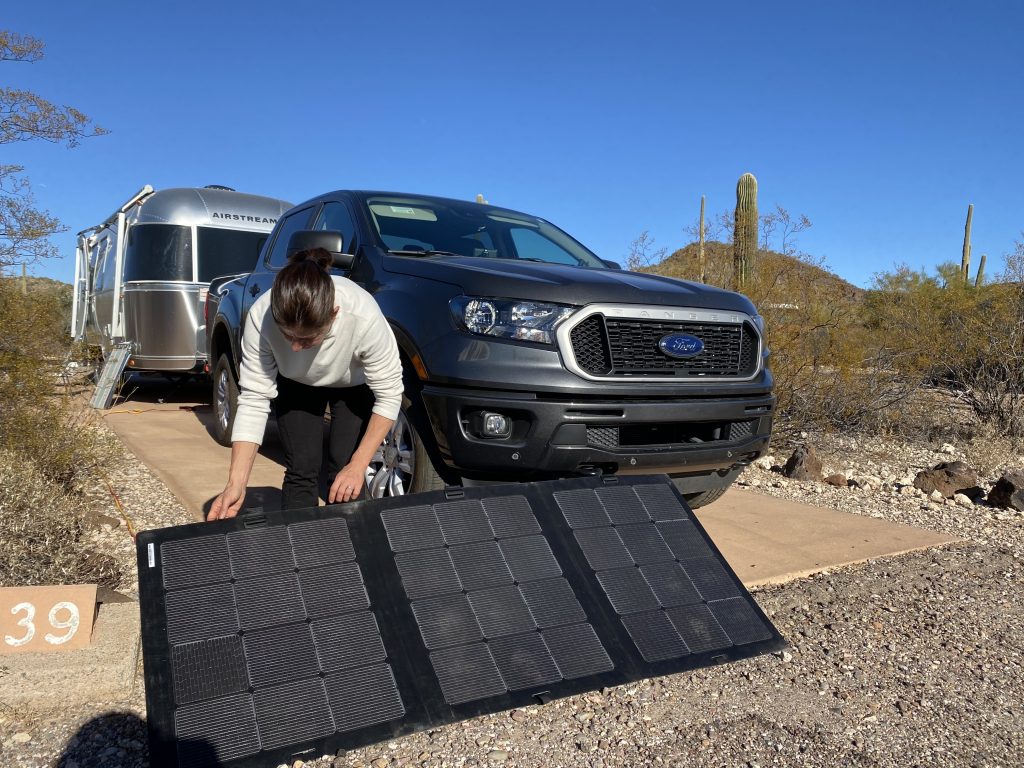 “Should I get solar or a generator?”
“Should I get solar or a generator?”